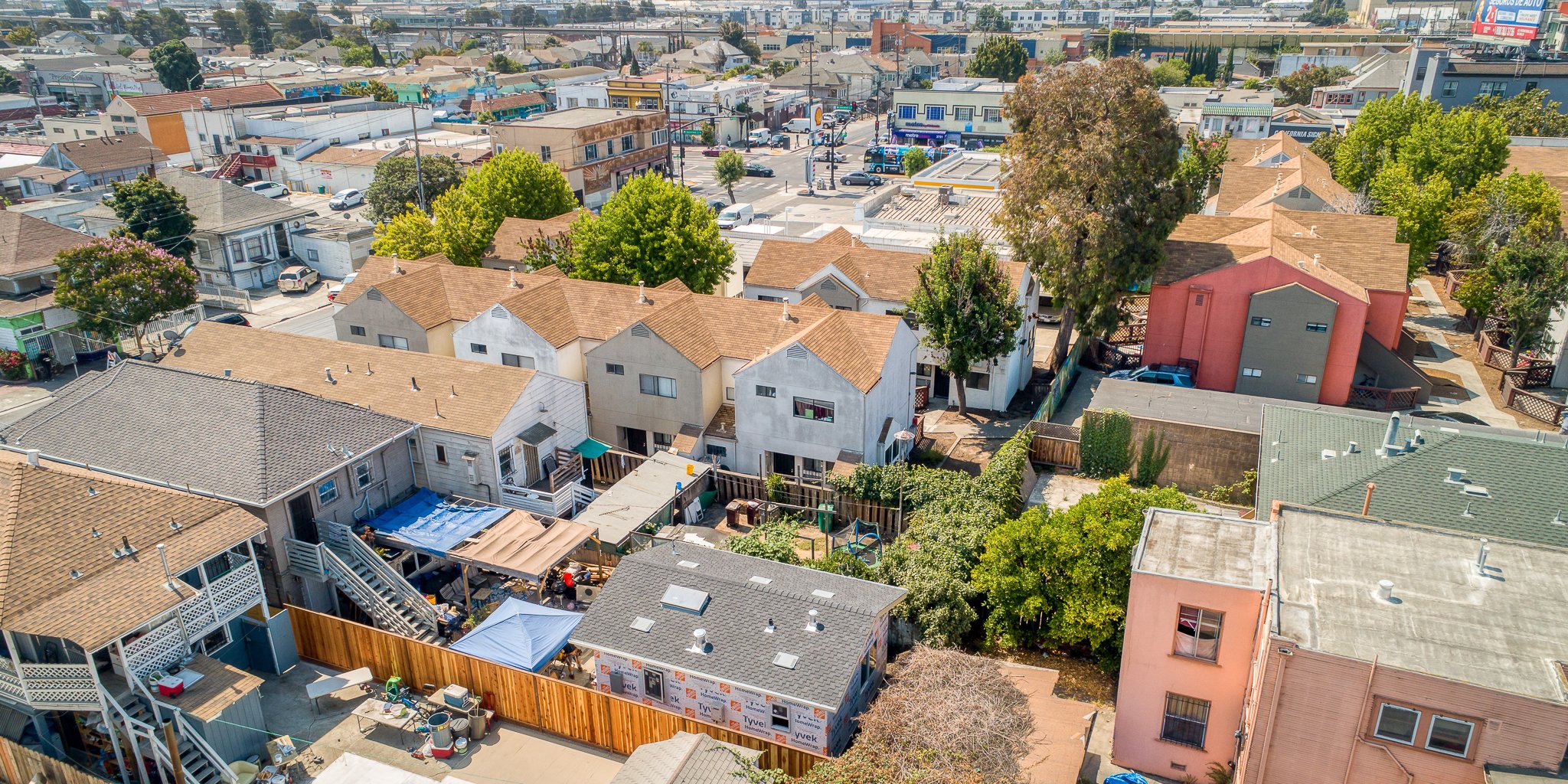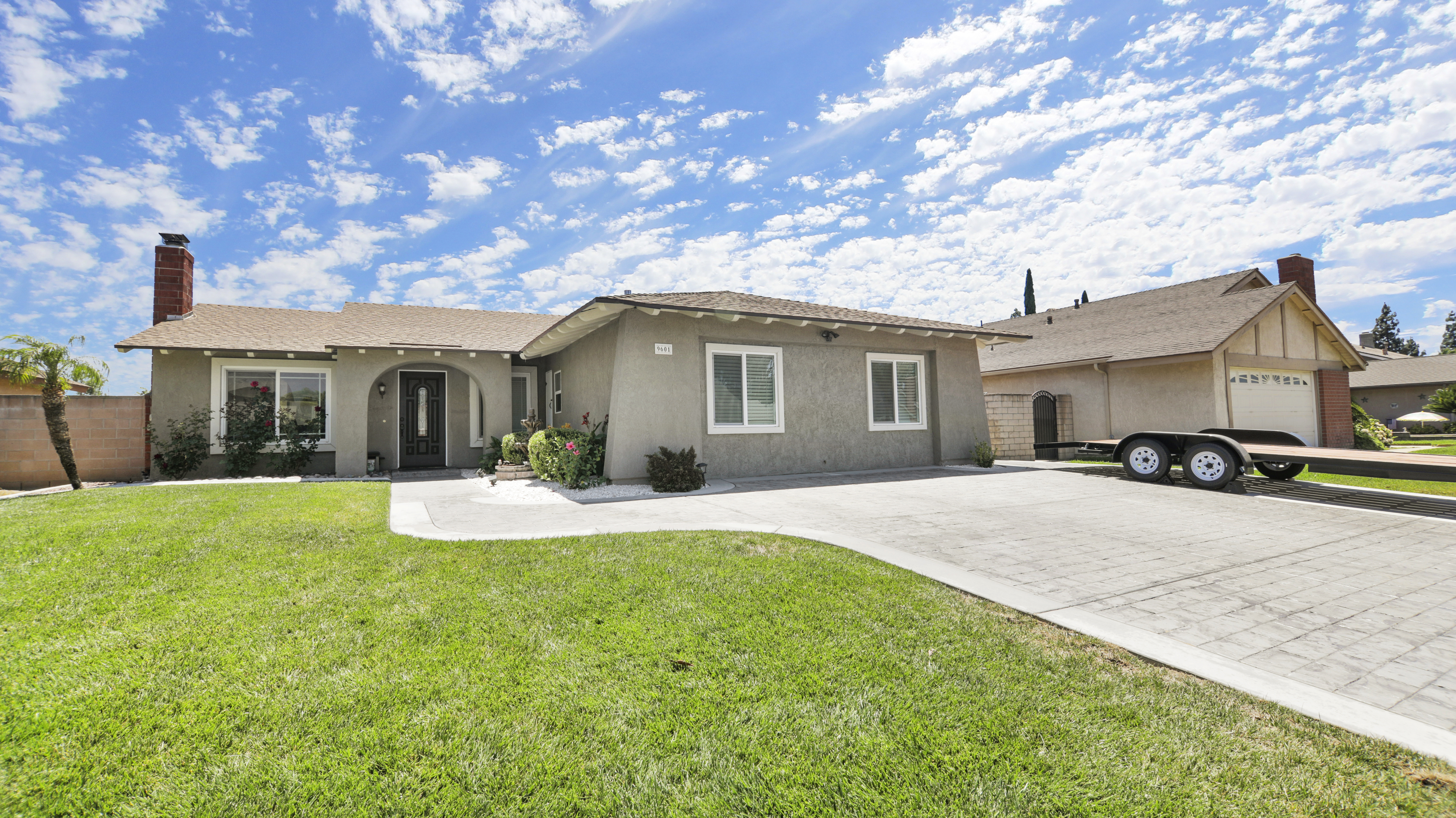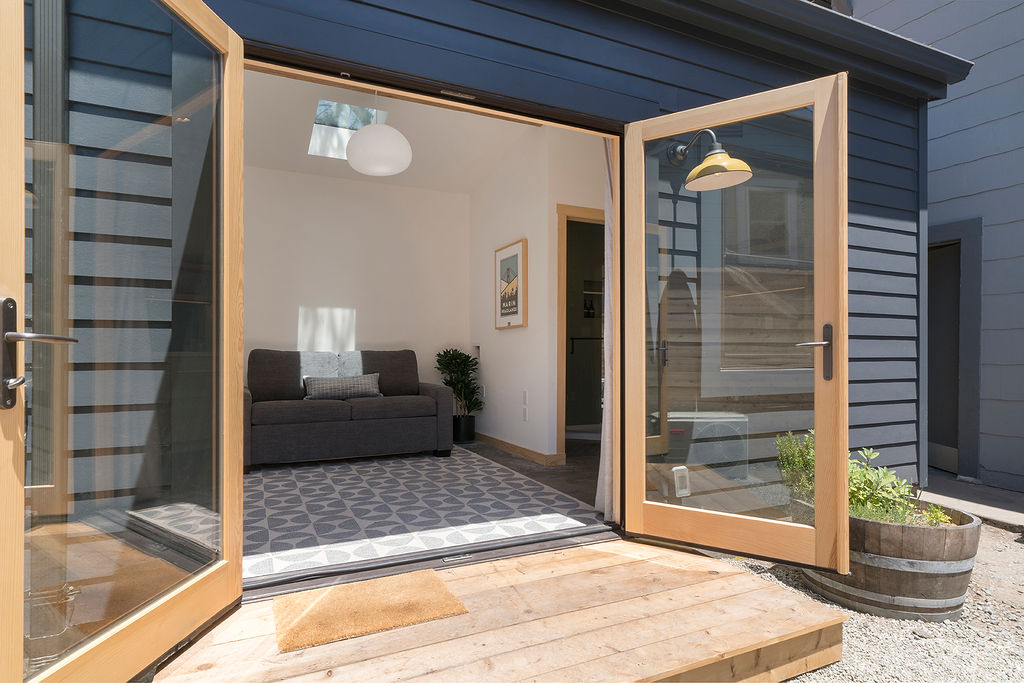Piedmont updating Housing Element, ADU ordinance
Piedmont is updating the Housing Element of the City’s General Plan which will guide work over the next decade, to decrease barriers to affordable housing and help meet its goal of providing the opportunity for development of 163 very-low-income units, 94 low-income units, 92 moderate-income units, and 238 above-moderate-income units. The City considers low monthly rent for a one-bedroom apartment to fall between $1,370 and $2,193 with maximum incomes of the renters limited to $54,800 to $87,700. The Housing Element, part of Piedmont’s General Plan, must be updated every eight years. The City is currently updating the Housing Element to ensure that there is enough land appropriately zoned to accommodate growth and remove barriers to affordable housing development.
ADU construction has been allowed by right in the City of Piedmont since 2005 so long as the ADU is less than 700 square feet, complies with zoning standards for floor area ratio, height, lot coverage, and setbacks, includes parking, and is owner occupied. Piedmont also allows ADUs to be as large as 1,000 square feet for units rent restricted to very low income households. As such there are already few barriers in the City to meet RHNA goals.

City staff are also considering updates to the ADU ordinance to clarify design standards as well as standards to preserve neighborhood character. Any ADU that meets these standards would be allowed by right, and any ADU that didn’t meet these elements could apply for discretionary review. The City is also working with local designers to create pre-approved plans in three models to streamline the permitting process.
During the October 21 Virtual Housing Workshop city staff and housing leaders also discussed how the new objective design standards would impact the affordability of ADU development. Architects also raised concerns that the proposed standards were too prescriptive and would limit opportunities for nuance, and builders raised concerns that the City is under estimating the cost of construction by at least 100% with local cost minimums coming in more realistically $350 per square foot.
“The City is not required to build the number of Units mandated by RHNA (Regional Housing Needs Allocation), but rather the City must ensure that there is enough land zoned at appropriate densities to accommodate RHNA,” said Keven Jackson, Planning and Building Director at the City of Piedmont.
In other words, the City doesn’t have to ensure that development takes place, but rather they must do everything within their power to reduce barriers that may limit development, including but not limited to ordinance updates. For the Housing Element update, which will cover the City’s work for 2023-2031, the City is removing barriers to housing development for low income housing with the goal of increasing access to affordable housing and attracting a more inclusive and diverse community.
But updating the Housing Element isn’t the only action that the City of Piedmont is pursuing to increase affordable housing. The City is also applying to Alameda County to use Piedmont’s
Measure A-1 allocation to establish an affordable housing fund, preserve $2.2 million in funding in the form of a low-interest loan for affordable development, and provide a low-interest loan program for the construction of rent-restricted ADUs. Piedmont’s Measure A-1 base allocation must be approved by the County by December 31, 2022, and the funds must be spent within 5 years.
The City is hosting a workshop regarding the public process on December 2, 2021 where members of the public “are invited to participate in the broad-ranging discussions about the future of housing in Piedmont.” The Planning Commission and City Council will consider the draft Housing Element update in November and December of 2022. The update must be submitted to Housing and Urban Development by January of 2023.
You can read more about Piedmont's existing ADU requirements if you're thinking about an ADU.


